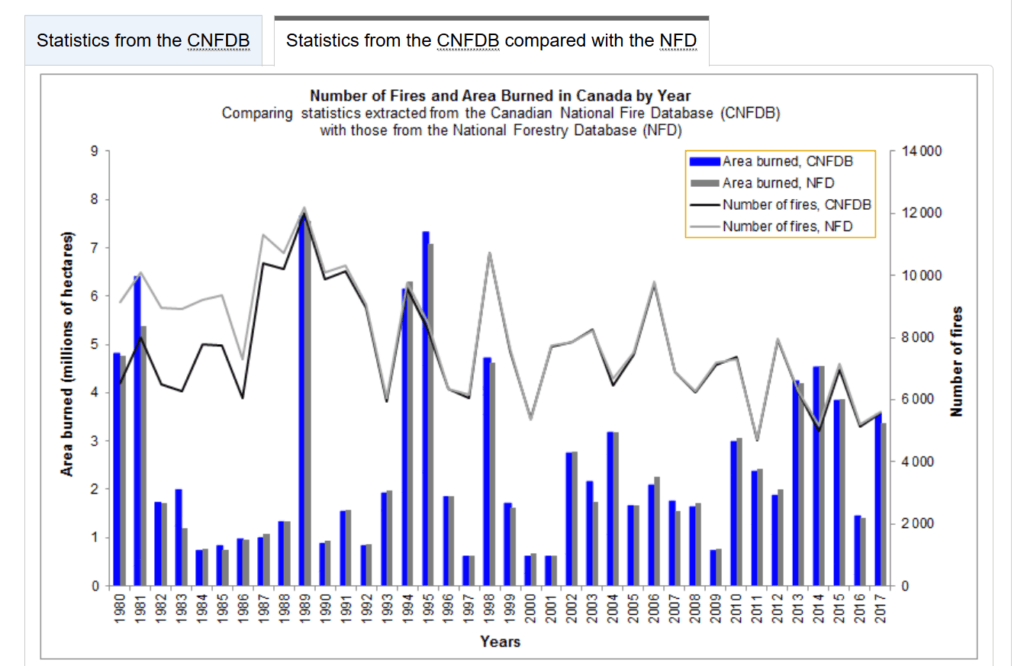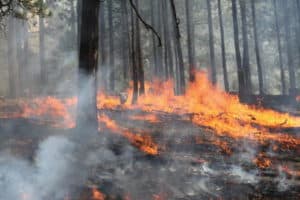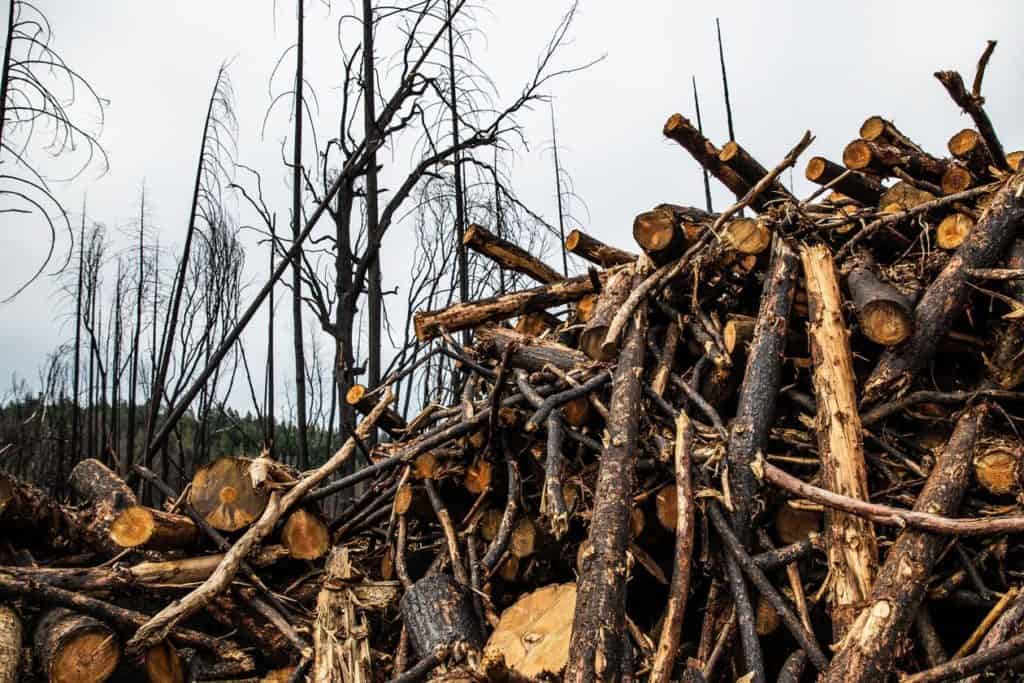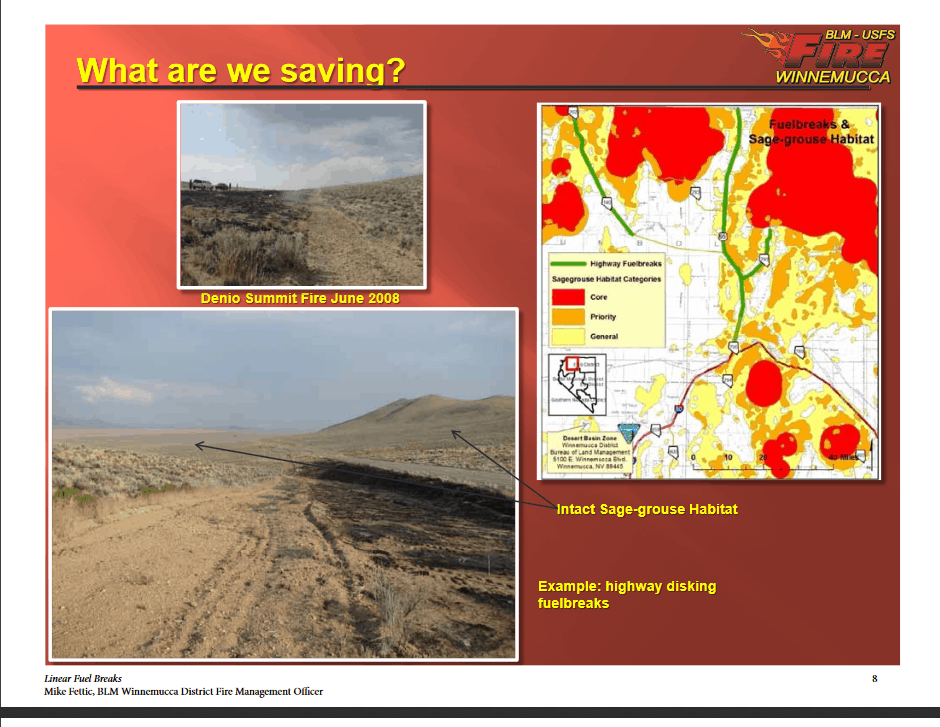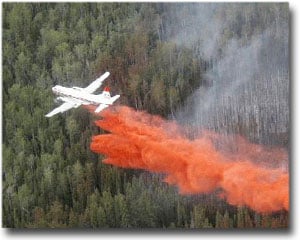 Botanist Andy Walker of US Forest Service discusses a failed road and culvert that remains impassable this summer in the Croatan National Forest following storm damage from Hurricane Florence last year. Jack Igelman / Carolina Public Press[/caption
Botanist Andy Walker of US Forest Service discusses a failed road and culvert that remains impassable this summer in the Croatan National Forest following storm damage from Hurricane Florence last year. Jack Igelman / Carolina Public Press[/caption
Another great story by Jack Igelman of the Carolina Public Press- full of interesting information about what happened on the Croatan National Forest with Hurricane Florence and their response. Here are just a few excerpts. The whole piece is worth reading and there are additional photos.
Facilities
While much of the interior of the Croatan is remote and difficult to access, the heavily used recreational components of the forest along the Neuse River were crippled, including three recreation areas that have campgrounds and beaches that remain closed.
Among the hardest-hit areas was the beach and a retaining wall at Flanners Beach in the Neuse River Recreation Area, which was destroyed by waves and wind that battered the shoreline during the storm.
“We are working really hard to get the campgrounds and beaches up and running,” Hudson said. But he added that “the number one priority right now is public safety.”
The popular fee areas are also a source of funds the Forest Service relies on to maintain campground facilities.
Also impacted by the storm is an 18-mile portion of the 21-mile Neusiok Trail, a segment of the Mountains-to-Sea Trail, which remains closed until Forest Service fire crews can remove damaged trees.
Gene Huntsman, a retired ichthyologist, helped carve the first mile of the Neusiok Trail in 1973 and remains active in stewarding the footpath. Much of the trail, he said, is maintained by volunteer groups, including the Carteret County Wildlife Club and other recreational organizations in collaboration with the Forest Service.
“The trail got mommicked,” Huntsman said. “It is so jungly down here that when a tree comes down, you don’t just get a tree, you get all of the vines and stuff that come with it. It took many people many hours of chain sawing, clipping and hauling to clear the trail.”
Prescribed Burn Program
One of the direct impacts on forest management from Hurricane Florence was that Forest Service resources have been diverted from managed fire.
Since the hurricane, the Forest Service has not conducted any prescribed burns. Staff members hope to resume burning once damaged roads and firelines have been restored this fall.
According to Hudson, the Forest Service targets managed burns in a single location of the Croatan every two to five years to match the natural cycle of fire. The annual goal is to burn roughly 15,000 to 20,000 acres.
How a fire burns depends on a range of factors, such as wind, humidity, topography and fuel load. A forest understory that’s too thick, for example, can stoke flames that burn longer and hotter and can damage longleaf pines or burn out precious species.
Managing fire and smoke also become more difficult and costly, and may produce health and safety concerns in nearby communities.
Hudson and Walker agree that missing one season of fire is manageable, but they are concerned about other future threats that can slow the progress of regular burns, such as funding, increasing development in areas bordering the forest and future large storms with damage on the scale of Florence.
“Once we fall behind on burning, it makes it that much harder to get caught up. If we get too far behind, the effects could be felt for years. The heavier the fuel load, the more difficult and costly each successive burn,” Walker said.
Rare Species
Since woodpeckers choose aging trees that are often hollowed out by disease, the trees are prone to damage caused by high winds. Throughout the forest, 150 trees with woodpecker cavities were snapped in two or damaged by the storm, which accounts for roughly 10 percent of the forest’s confirmed woodpecker nests.
To make up for the lost nests, the Forest Service drilled cavities in trees and installed 116 inserts developed by the N.C. Division of Wildlife that resemble a natural cavity.
Despite the damage, Cobos said, the woodpecker population is stable and evidence of the resilience of nature.
In fact, some rare species in the Croatan, Walker said, may not only have survived the storm but also are thriving because of it, such as the Carolina gopher frog, which requires fishless bodies of water to breed that were in abundance in the wake of the storm.
Another example is the well-known bug-eating Venus flytrap, whose range is limited to just a few portions of the Carolinas and flourishes in open longleaf ecosystems.
“Their seeds are like little tiny cannonballs that are dispersed by raindrops and may have been carried by floods,” Walker said. “We may find flytraps in places we haven’t found them before.”

